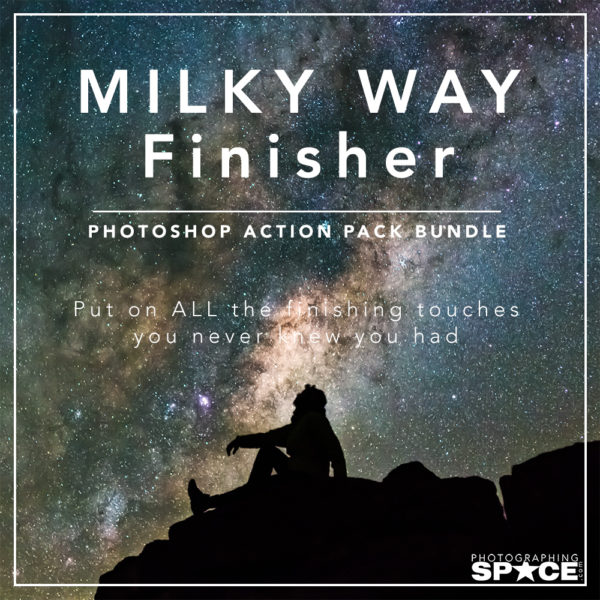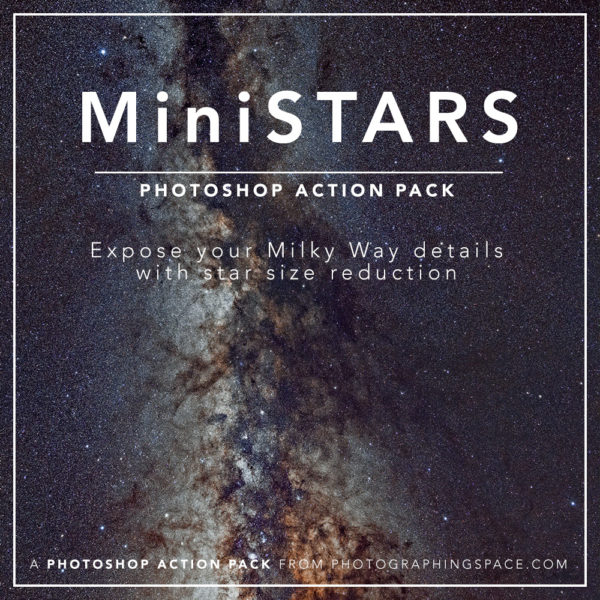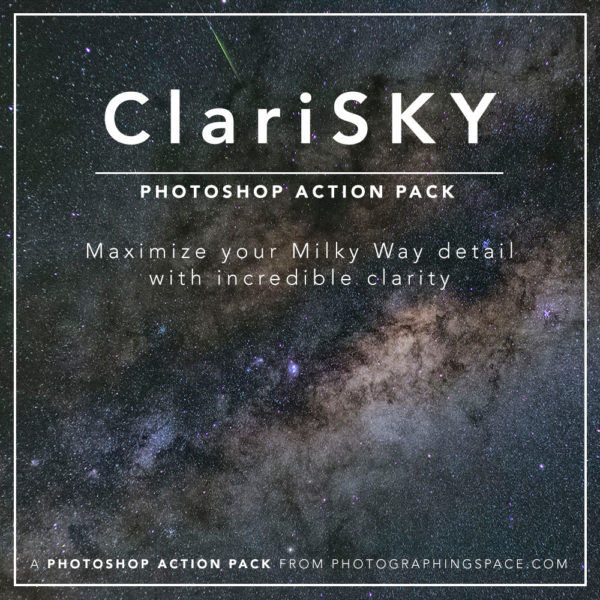An easy and straightforward job for beginners, photographing a meteor shower requires just the most basic equipment…and some patience.
Woosh! A very bright meteor crossed the skies of the Romanian countryside, 28 years ago. That was enough for the 5-year-old kid I was back then. That shooting star got me hooked on astronomy. Meteors are some of the most spectacular and easy to see phenomena happening in the sky. No matter if they make a wish or not, anyone is impressed when a meteor flashes.

Photo: Alex Conu
But what are meteors?
Most meteors originate from comets. While travelling through the Solar System, comets leave behind a stream of debris, called meteoroids. These are very small bodies, ranging in size from a grain of sand to one meter. When comets intersect the orbit of a planet (in our case, Earth), gravity makes the meteoroids gather into clouds along the orbit of the planet.
When Earth goes through one of these clouds of particles, the meteoroids fall towards the planet. Because of friction with the atmosphere, the gases surrounding the small meteoroid get ionised and emit light. This phenomenon is called a meteor and is seen from the surface of Earth as a streak of light crossing the night sky. They happen very fast, usually in just a blink of an eye.
Brighter meteors, called fireballs or bolides, will be visible for a few seconds and can get very bright and even fragment. It might sound strange to you, but most meteors are generated by pebble sized meteoroids. We see meteors (shooting stars, as they are widely known) every night, but when our planet intersects one of the meteoroid clumps I talked about, we see meteor showers.
Some of the showers are more active than the others. The two most active showers throughout the year are the Perseids (they peak around August 11-13) and the Geminids (you can observe the Geminids around December 13-14). You can find a very useful Meteor Shower Calendar on the website of the International Meteor Organization.
What you’ll need to get started

Photo: Alex Conu
Photographing meteors is quite easy and straightforward. You need a camera, a wide angle lens, a tripod, and clear and dark skies. Oh, and a bit of patience.
Find a dark site
First, you need to find a dark site to observe and photograph meteors from. It can’t be done from the middle of the city, as light pollution will make most shooting stars invisible. So, go outside populated areas and, if possible, find a scenic place, as photos are going to look a lot better with a beautiful foreground.
Make sure your tripod is sturdy
Then you need a tripod. The sturdier, the better. If it’s not rigid enough, attach a heavy thing below the central column of your tripod; some water bottles in a bag should do it. If you don’t have a tripod, you can improvise some sort of support for your camera using rocks or a bag of beans.
Use a camera with manual controls and a wide lens
Any camera with manual controls should do the job, but a DSLR is the best choice. In terms of lenses, go for a fast wide angle one. But remember that the wider the lens, the less impressive the meteors, unless they are exceptionally bright. I would not recommend lenses wider than 15mm on a full-frame camera. If you have a second camera, a fisheye lens might be a nice choice for it. But, if you are to choose between a wide angle and a fisheye, go for the wide angle. You will need a fast lens in order to maximise the number of photographed meteors. Lenses that open to f/2.8 or faster are the best choice. Meteors move very fast and even if they seem bright to the eye they might look pretty dull on camera.
Editor’s note: See our article on why aperture is important in astrophotography!

Photo: Alex Conu
How to shoot a meteor shower
Focus is critical
In order to achieve focus at night, turn your camera to LiveView, turn the lens to manual focus, and rotate the focus ring until you are close to the infinity mark on your lens. Boost the ISO to a high value, open the aperture to the max, and frame a bright star in the display on the back of your camera. Zoom in 10x on the image on the display, and adjust focus until stars are sharp.
From now on, be careful not to touch the focus ring or the zoom ring (if you’re using a zoom lens) for the rest of the night. It might be a good idea to tape down the rings using some gaffer tape. If you want to change the focal length of the lens you will have to refocus.
Use the right camera mode and settings
You will be shooting in Manual mode as the camera will not be able to meter at night. Of course, raw format is preferred. Choose an ISO in the range of 800 to 3200, open the aperture as wide as the lens allows and choose the exposure time according to the amount of light pollution you have around you.
Be careful not to go too long with the exposure as you’ll get trails and not pinpoint stars. As a rule of thumb, don’t use an exposure time longer than 500/focal length of your lens. So, if you use a 16mm lens, the maximum exposure time for pinpoint stars is 500/16 = 30 seconds. The formula is true for full frame cameras. If you don’t have a full frame camera, multiply the focal length of your lens by the crop factor. Let’s say you have a Canon camera with a 1.6 crop factor and the same 16mm lens. Now, the maximum exposure time will be 500/(1.6×16) = 19 seconds. If you shoot in areas of the sky closer to the celestial equator, consider shortening the exposure time. Shoot closer to the celestial poles and you can add a few more seconds to the exposure.
Editor’s note: See our tutorial on how to expose for perfect stars!
A remote release will be very helpful; an intervalometer even more helpful. If you don’t have any of those, use the time release on your camera. Disable Long Exposure Noise Reduction (LENR) so that you don’t waste any time between frames.
Framing and timing your shots
Where to frame? Basically anywhere. Unless you have a lens wider than 24mm, don’t frame towards the radiant of the meteor shower.
The meteor shower radiant
The radiant is the point in the sky, from which meteors appear to originate, for an observer on Earth. Meteors actually enter the atmosphere in parallel tracks; the radiant is just a perspective effect.
For the Perseids, the radiant is close to the Double Cluster (in Perseus) during peak activity. The Geminids have their radiant close to the star Castor in the constellation of Gemini, the Twins. For the Lyrids, the radiant will be, you guessed it, near the constellation Lyra.
You can find radiant positions in the same Meteor Shower Calendar by IMO.

Photo: Alex Conu
Consider framing the horizon, too, as photos will look a lot better with ground showing in the image. Don’t forget about the rule of thirds if you have some nice elements in the foreground. Another idea might be to frame towards the celestial pole (Polaris in the northern hemisphere) and then merge all individual shots in a star trails composite image.

Photo: Alex Conu
When is the best time to shoot a meteor shower?
Nobody can tell you when and where meteors light up in the sky, so there is no better or worse time to shoot.
After midnight, meteor activity is more intense and you have better chances of photographing one. Around the rise time of the radiant is the best time to capture long, slow moving meteors, sometimes covering half a sky, called Earth grazers. Also, remember that the closer to the radiant a meteor appears the shorter it is. If you want to photograph longer meteor trails shoot up to 180 degrees in azimuth from the radiant.
In the end, meteor photography is a bit like fishing. You keep on trying until you get the big one.

Photo: Alex Conu
Other things to consider
How to avoid lens fog
You might have a problem when shooting for a long time: dew.
In order to avoid dew, you can either get a dew heater or stick some chemical hand/feet warmers to the lens hood. As a general rule, never shoot at night without a lens hood. Besides minimising stray light, it will also take longer for dew to appear on your lens.
Editor’s note: See our tutorial and video on how to dew-proof your camera lens!

Photo: Alex Conu
Keep yourself comfortable
Remember to wear warm clothes. No matter the season, nights are pretty cold and you don’t move a lot while taking photos of meteors. And, as we talk about moving around, do your best and control your emotions if you see an exceptionally bright fireball going through the field of view of your camera. Wait for the exposure to end and then you can start jumping around. Otherwise, you can get some snake like stars because of vibrations, and your photo will be ruined.
Consider using a star tracking mount
If you have a star tracker, like the Fornax LighTrack II let’s say, you can do tracked shots of a nice area in the sky and maybe you’re lucky to get some nice meteors in the frame, too. If you get meteors on multiple frames, you can make a nice composite image, showing that meteor trails converge in the radiant. For that, after star aligning your photos, stack all individual frames one on top of the other as layers in Adobe Photoshop, and blend them using the Lighten blending mode.
Bonus project: shooting meteor smoke trains!
Another nice project is to photograph meteor smoke trains. For that, have a telephoto lens (135-200mm) pre-focused to infinity and ready on a tripod. When a bright meteor appears you will see a smoke train left behind it. Quickly move your camera body from the wide angle lens to the telephoto one waiting on the tripod. Frame the smoke train as fast as you can and start shooting, using a high ISO (6400, let’s say) for several minutes. Don’t forget to keep your exposure time short so that you don’t get star trails. You can get something like this:
Clear skies, and if you have any questions, you’re free to post them in the comments section. And next time you see or photograph a meteor, make a wish. It always helps to have a goal.







This site is perfect for me, a “serious” amateur photographer with the first opportunity to photograph the sky in a truly dark environment – in Nova Scotia. I’ll take all your advice and see how well I can do.
Thank you.